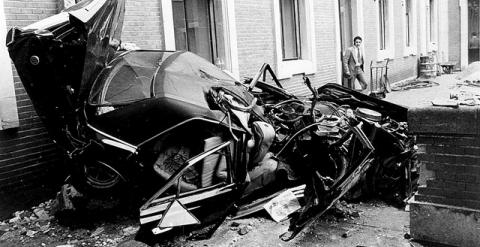Internal policy (1959-1975)
During this period there were some timid attempts of political opening-up with new acts:
- Ley Orgánica del Estado (1966). It created two figures on the top of the political status: Head of the State and President of the Government. It was allowed to create political associations.
- Ley de Prensa (1966). It was drafted by the minister of Information and Tourism, Manuel Fraga Iribarne. It relaxed censorship on press.
- Ley de libertad religiosa (1967). It allowed worshiping any religion apart from Catholicism.
The governments of this period were controlled by the so-called Technocrats, most of who belonged to the Opus Dei. Their main goal was to promote economic development in order to keep social stability.
Franco’s last years were marked by his succession: The Cortes appointed Juan Carlos de Borbón as Franco’s successor as King
of Spain on 22nd July 1969. Franco also appointed Luis Carrero Blanco as President of the Government in 1973 but he was assassinated by ETA on 20th December 1973. After Carrero’s assassination, Carlos Arias Navarro was appointed as the new President, who promised some timid political opening-up.
Francisco Franco died on 20th November 1975 and was succeeded by Juan Carlos I, who was crowned as King of Spain on 22nd November.

